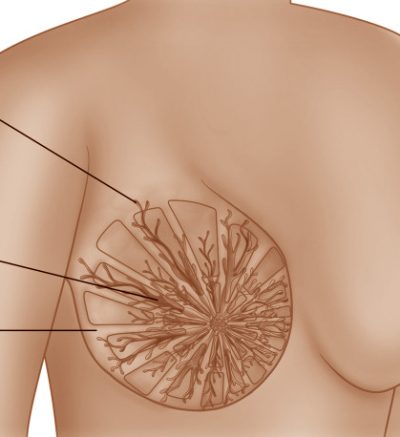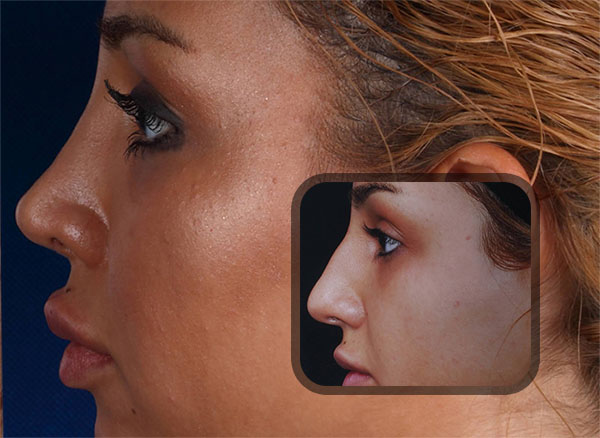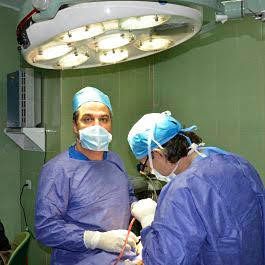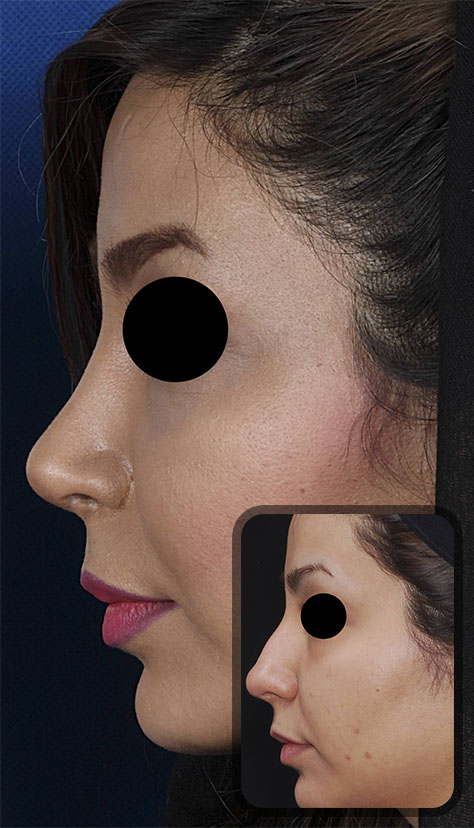
Mammoplasty
Very large, heavy breasts can restrict your activities and cause severe discomfort, back and neck problems, painful bra strap indentations in shoulders, and even skeletal deformities or breathing problems. Many women with unusually large breasts are self-conscious about their appearance and often hunch over to hide their breasts, causing additional back problems – and significant self-esteem issues.
Breast reduction surgery removes fat, tissue and skin from your breasts to reduce their size and weight, ease pain and discomfort, improve their shape, tone and appearance, and make them more proportionate to your body.
Because pregnancy and breastfeeding can significantly affect the size and shape of your breasts, Dr.Farrokhi recommends that you delay surgery until after you’re finished having children. Although some breast reduction patients opt for this procedure before having kids, the surgery can impact your ability to breastfeed. Also, if you decide to become pregnant after having the surgery, your breasts are likely to get bigger and heavier again – which may become permanent, necessitating a second surgery to get them back to your desired size.
Breast reduction leaves noticeable, permanent scars. They can be covered up by a bra or bathing suit, but will be visible on your skin.
Dr.Farrokhi will make an anchor-shaped incision in your breast, cutting around the areola, down to the crease under the breast, and along the crease. She then removes excess tissue, fat and skin, moves the nipple and areola into a higher position, and pulls down the breast skin to add tone and shape. The surgery is performed under general anesthesia.
After Care:
After surgery, you’ll wake up wearing bandages over gauze dressings. Dr. Farrokhi will prescribe pain medication to relieve any discomfort. After a few days, you’ll be able to move around comfortably.
You will likely experience some numbness in your nipples and skin caused by swelling. As the swelling subsides, you should regain feeling. Most of the swelling is usually gone after about six weeks, but for some patients, it will take longer for the feeling to return, and in rare occasions, the numbness can be permanent.
We recommend that you take at least a week off after your procedure to stay home and rest to speed healing and get a good result. For that first week, move your arms as little as possible, avoid driving, and if you have small children, ask someone to help you with day-to-day activities.
After a few days, you’ll be able to replace the bandages with a soft support bra, which you’ll need to wear 24/7 for about three or four weeks. You should be able to get back to your regular activities in about 7-10 days, but avoid heavy lifting, vigorous exercise (especially upper body workouts) for about six weeks. You may continue to have some mild discomfort for a few months after surgery.
It may take up to a year for your breasts to “settle” into their new shape. Please be aware that hormones, weight gain or loss and pregnancy can cause their shape to fluctuate
What are the risks?
All surgery carries some uncertainty and risk, but having a qualified Toronto breast reduction surgeon, such as Dr. Kasrai, perform the procedure ensures that complications are rare. However, occasional post-operative complications do occur. They can include:
- Bleeding and infection, which can cause scars to widen
- Poor healing and scars (more common in smokers)
- Unevenly positioned nipples
- Loss of feeling in nipples and breasts (which can be permanent in rare cases)
- Very rarely, the nipple and areola can lose their blood supply and the tissue will die. They can be rebuilt using skin grafts from elsewhere on the body, but will no longer have much sensation.
Although the nipples stay attached to the breast tissue during surgery, sensation can be affected. And while breastfeeding may still be possible, Dr. Kasrai cannot guarantee that you will be able to breastfeed after the surgery since the surgery removes many of the milk ducts leading to the nipples. Women who are planning to nurse children should wait until they are finished breastfeeding to have breast reduction surgery.
There is a higher risk of these complications in patients who are smokers, are diabetic or have poor circulation. You can reduce your risks by following Dr. Kasrai’s instructions, resuming activity after surgery, and by not smoking.

Our latest articles and research
role of grape seed
The extract of grape seed is rich in polyphenol ice proanthocyancidins. This substance is in berry family fruits like strawberry, cranberry and as well as in dank tea, red cabbage.Topical application of this product can protect the skin from sunlight and its preventive role might be more than vitamin E, C.
Role of lycopene in skin wrinkles
Lycopene is a carotenoid that can be found in fruits and vegetable such as tomato, watermelon, red grape and apricot and induces their red to yellow color.Reduction of lycopene can aggravate the sunlight skin damage.A few evidence indicates the role of lycopene as a topical application and emphasize the oral intake yet, lycopene as...
The role of nutrition in facial rejuvenation
Role of nutrition’s in skin rejuvenation of green tea in repairing of skin wrinkles Green tea extract is studies as an antioxidant for many years.It could be a good protective as a cream and topical application and reduce the skin redness and DNA damage from sun light, however it can prevent the collagen degradation as...












